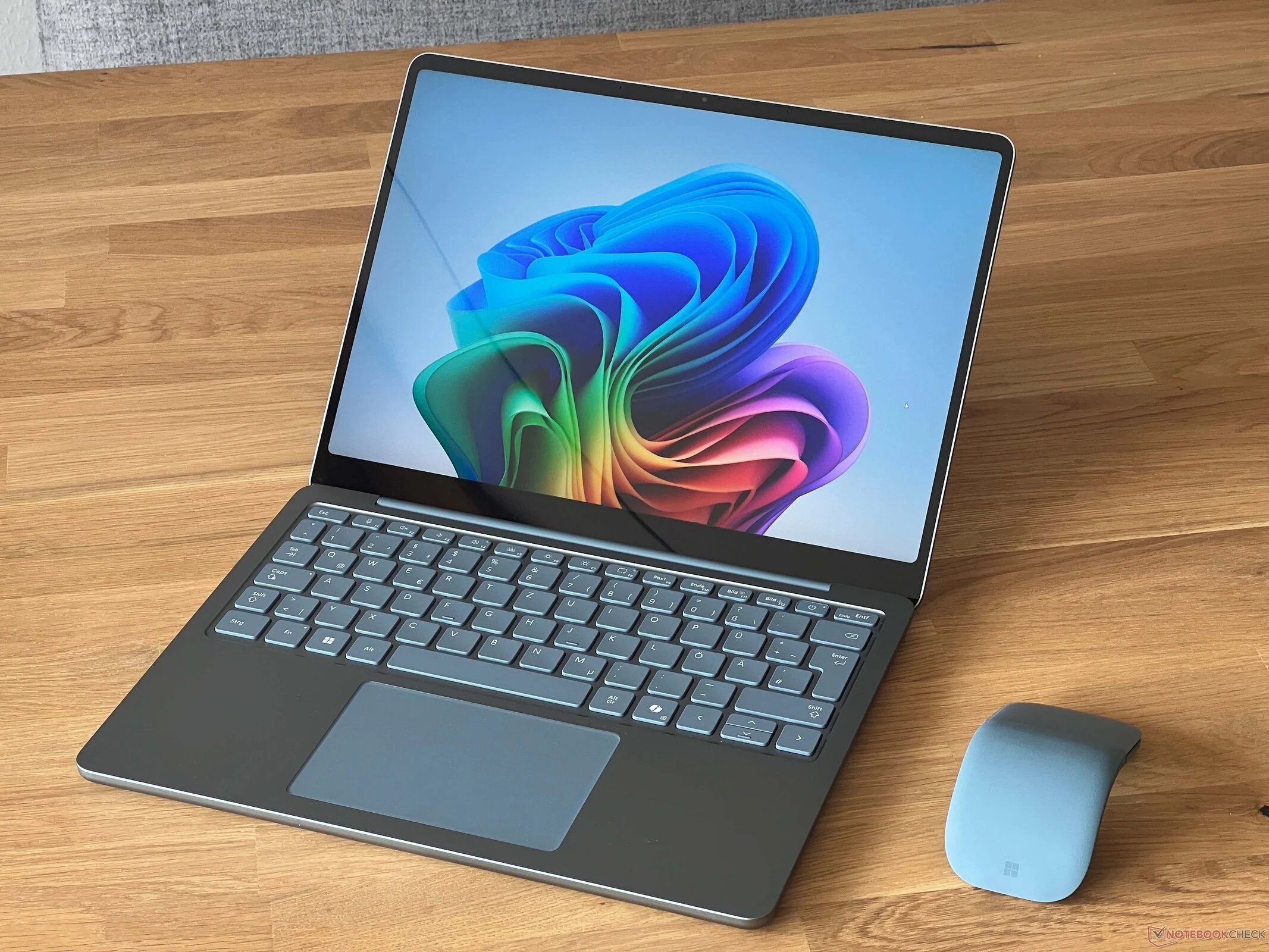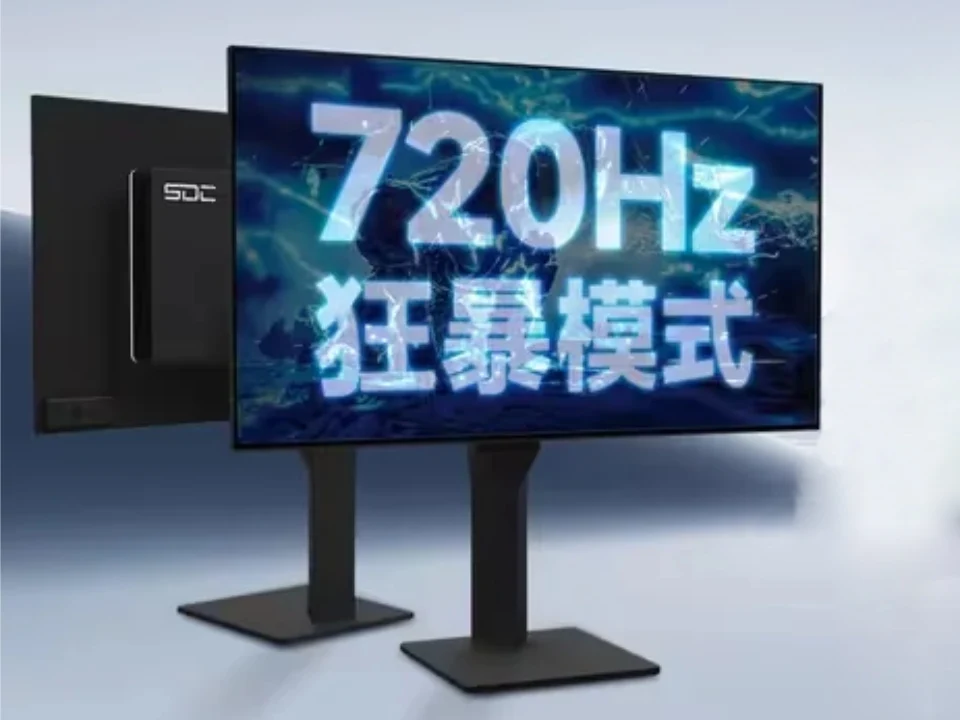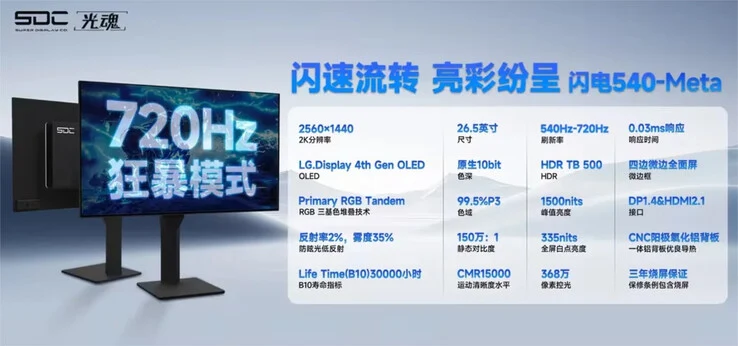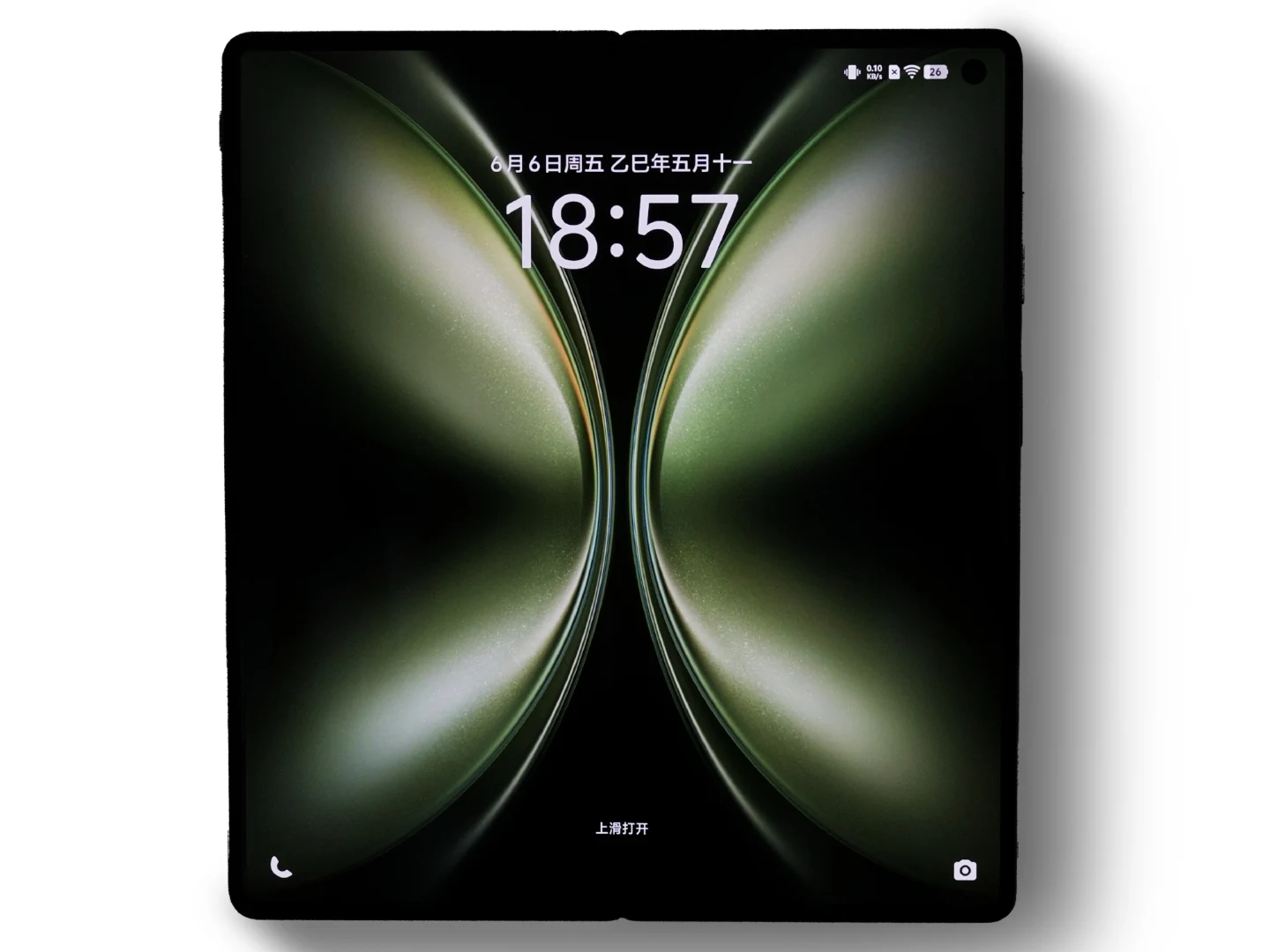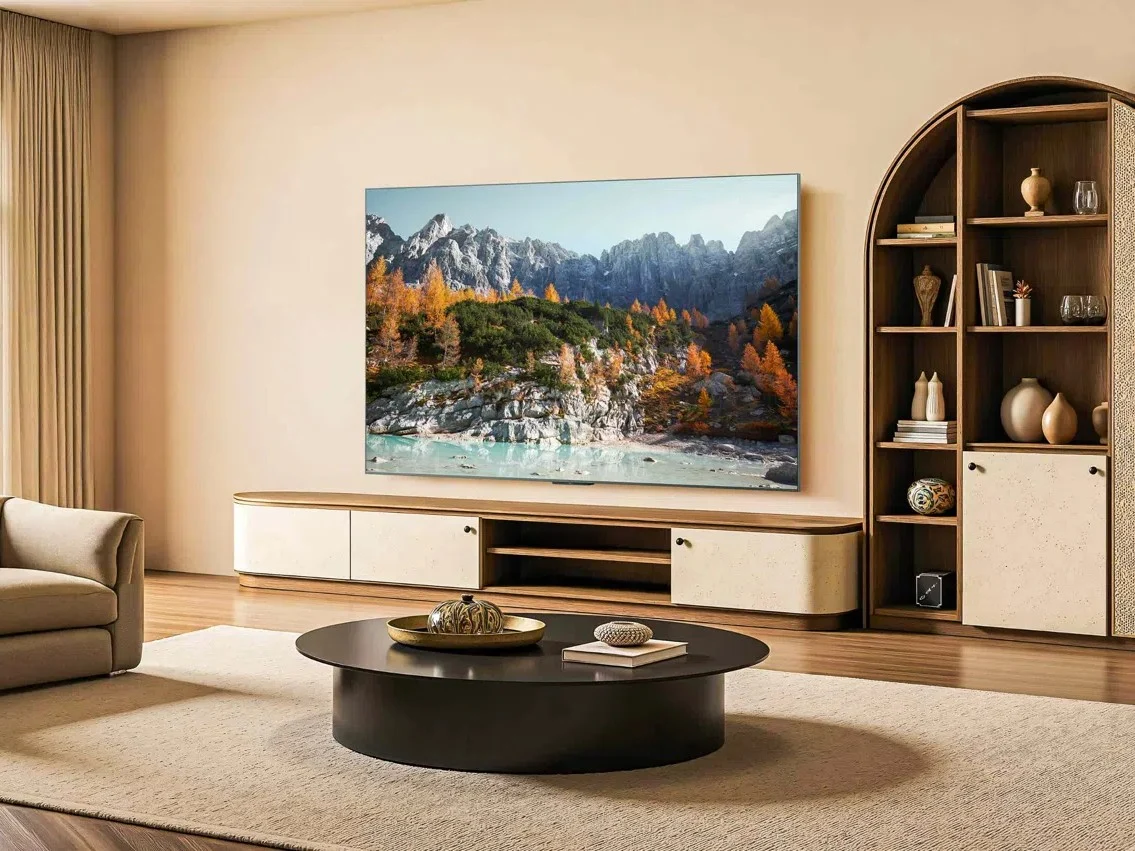Key Takeaways
1. iFixit downgraded the repairability score of the Nintendo Switch and Nintendo Switch OLED to 4 points, and the new Nintendo Switch 2 received a score of 3 points.
2. The Joy-Con 2s are easier to open, but the glued battery complicates replacement; the Nintendo Switch 2 uses traditional joysticks, raising questions about drift issues.
3. Nintendo missed the chance to use TMR sticks, which could have fixed the drift problem permanently.
4. Repairing the console is difficult due to hidden screws and tough adhesive, making battery replacement challenging.
5. Key components like USB-C ports and the game module slot are soldered to the mainboard, and Nintendo has not provided spare parts for repairs.
iFixit has recently downgraded the repairability score of the Nintendo Switch from 8 to 4 points. The Nintendo Switch OLED shares the same low rating of 4 points. Meanwhile, the newly announced Nintendo Switch 2 has been given a score of just 3 out of 10, as detailed in the video linked below.
Repair Challenges
The Joy-Con 2s are fairly simple to open, however, the tiny battery is glued into the casing, complicating the battery swap process. The original Nintendo Switch gained a bad reputation for Joy-Con drift, prompting Nintendo to provide free repairs. In contrast, the Nintendo Switch 2 incorporates traditional joysticks. It’s still unclear if drift will be a major issue like it was before, especially since both the Sony PlayStation 5 and Xbox Series X utilize similar analog stick technology, yet experience much less drift than the Switch.
Missed Opportunities
It’s unfortunate that Nintendo opted not to implement TMR sticks, which could have permanently resolved this issue. Opening the console itself is significantly tougher than accessing the Joy-Con, as there are four screws that are hidden beneath stubborn stickers, which only become visible after removing the magnetically attached Joy-Con. Once inside the console, multiple connectors and screws must be loosened to extract the heat shield and microSD Express card reader from the main housing.
Complicated Repair Process
The battery replacement is possible, but it is secured to the housing with tough adhesive, making the process much harder. Additionally, both USB-C ports and the game module slot are soldered directly to the mainboard, rendering it nearly impossible for users to repair or swap them out. Compounding the issue is the fact that Nintendo still has not provided any spare parts for these devices.
Source:
Link



